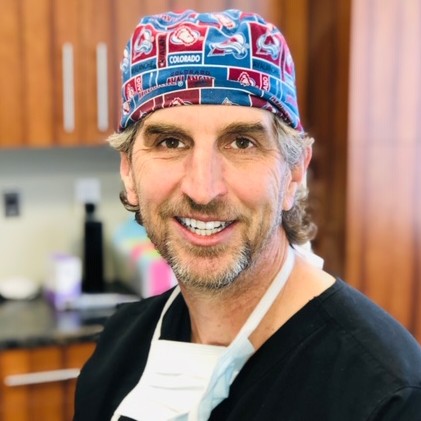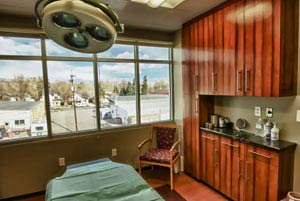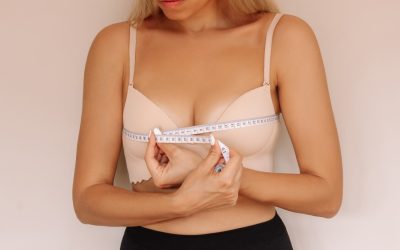There are several motivations for women to seek out breast augmentation surgery. Some desire a more balanced appearance and need a bigger cup size to meet this goal. Other women choose breast augmentation to replace volume lost during or after pregnancy, breastfeeding, or significant weight loss. For some, the issue of breast asymmetry arises from prior medical interventions that need to be corrected.
Different Types of Breast Augmentation
When it comes to breast augmentation, you may pick from a number of different methods. Differences in implant types, placement, and incisions are just some of the ways in which specialists might specialize in breast augmentation.
Types of Implants
Most women today choose for silicone implants, which are filled with a silicone gel. This implant type has a reduced rupture risk when compared to saline implants and has received FDA approval. Custom silicone implant solutions can range from round to oblong to spherical, and vary in stiffness as well. Other factors include a more reliable durability, and a more realistic look and feel.
Saline implants have a silicone casing filled with a sterilized saltwater solution. The implants are placed while still empty, and filled once secured. Due to this, only a small incision will be required. Saline implants are designed to be absorbed by the body if they leak. Despite the positives, saline implant usage is steadily declining and are mostly only utilized in patients younger than 22 years old.
Fat grafting is a technique that does not include the use of implants but rather the transfer of fat from one area of the body to another before being injected into the breasts. Fat is removed from the abdomen, hips, or thighs and processed in a device before being injected into the breasts. As there is no chance of rejection with fat grafting, it is the safest method currently offered. However, the results are the least noticeable, adding little more than a half cup size at most. Due to fat’s inherent tendency to absorb or break down over time, it is also the least permanent solution offered.
Types of Implant Placement
-Subglandular: The implant is positioned behind the breast gland, above the pectoral muscle. One significant benefit is that the use of the pectoral muscles is not hindered in any way. This operation is less complicated and more straightforward to carry out.
-Subpectoral: Breast implants can be placed submuscularly or under the pectoral muscle. In most cases, this results in a more natural appearance, as the implant is hidden by both the muscle and the breast tissue. More blood is able to continue flowing to the nipple, the skin is under less stress, and the chance of the implant rippling is reduced. This location has a longer period of recuperation.
Types of Implant Incisions
-Beneath the breast: These incisions from breast augmentation surgery can be effectively concealed by making them in the natural crease of the breast. The incision may be reopened for implant revision, and the surgeon has good access to the breasts.
-Along the areolas: This incision site is concealed by the areolas. Incisions, however, will be more noticeable for the first few months after surgery, as scars take time to mature and diminish.
-Through the armpit: Having an incision made in the armpit is preferable to other options since it is so far from the breasts and hence less likely to cause scarring. This incision location presents greater challenges to the surgeon and may restrict the size of the implant that may be used.
Breast Implant Candidacy
If a woman wants larger breasts, she is likely a suitable candidate for breast augmentation surgery. As long as the candidate has no issues with health complications, any woman who wants fuller, larger, or more symmetrical breasts can likely opt for breast augmentation surgery.
Breast Augmentation Recovery
The healing process after breast augmentation is short. For around six weeks, patients will wear a special sports bra and give themselves massages to alleviate pain and pressure. Individuals are cleared to resume driving and non-moving work after only a few days.
After 2–4 weeks, patients may resume modest aerobic activities, and after 6–8 weeks, they may return to their regular fitness routines. Subpectoral breast implant wearers should avoid any chest-expanding activities because of the risk of permanent implant rupture. Six weeks after the procedure, the patient can get measured for their new bra size!
Final Thoughts on Breast Augmentation
Successful breast augmentation begins with a consultation with Boulder Valley Plastic Surgery. Here, we may go over your many choices, from implant to incision to placement to aftercare. Take some measurements, and you can get started on the road to a more attractive body! Please contact us right away.



